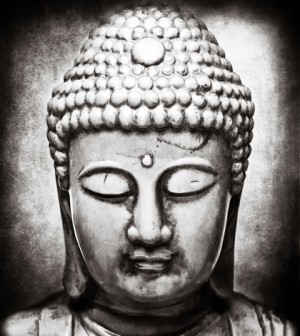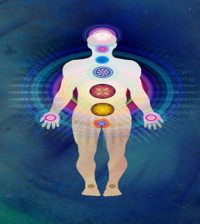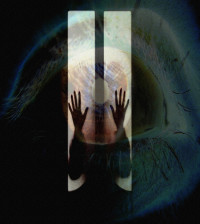- 5 Tips To Finding Peace Within Yourself
- The Do’s and Don’ts of Learning How to Accept Yourself
- How to Find Your Inner Peace and Transform Your Life
- 8 Benefits of Having an Open Mind and How to Get One
- Learn How To Be A Happier Person
- What Is The Meaning Of Life?
- Laws of Abundance – The Riches of Love and Joy
- How to Be Laid Back By Following These 9 Simple Strategies
- The meaning of confucius’ golden rule – 4 practical ways of living it
- 3 methods of unleashing the power of contentment in your life
Seven Facts About Buddhism and Reincarnation

1. What is Reincarnation?
The principle of reincarnation is where the soul of a person, or creature, transfers, or transmigrates, to another body after death. This does not need to be instantly; souls may wait many years before being born again into a different body.
2. There is No Soul in Buddhism
In Buddhism, there is no belief in a soul. Just as there is no self and no ego, there is also no unending soul. There is no permanent part of a living being that survives after death. The idea of a self is an imaginary concept, an illusion created by the mind. This is one of the core teachings of Buddhism, the impermanence of the self.
The Lord Buddha taught that it is the wrongful belief in a self that creates many worries, fears and dissatisfactions within life. When the idea of a self is released, people are free from these illusions and can lead a happier, more peaceful and content existence.
All mental activity ends on death. This is why there is no soul. The entity often called the self is really just a stream of consciousness, which creates its identity from memories and external factors.
3. Rebirth
In Buddhism there is however, a belief in rebirth. As well as the self dying at death, it also renews every moment, meaning that nothing about the self continues from one moment to the next. The whole of creation is always in a constant fluctuating state. This Buddhist belief is known as annica.
Energies within the body have their own power to grow within a new form, independent of the previous form or identity. There is, however, no permanent and unchanging element that continues. Samsara, or the wheel of life, represents the cycle of birth, life and death. When the cycle is complete, it begins again using energies.
4. Karma
Energies are continued by way of Karma. Karma is action, and not, as commonly erroneously believed, fate or destiny. Karma and Vipaka constitute cause and effect; Karma is the action, the cause, and Vipaka is the result or the consequence of Karma. Any actions, words or thoughts that are intentionally created and born from free will are Karma. Involuntary and unconscious actions do not constitute Karma. Karma can be described as the law of moral causation.
There are different types of Karma. Some types, for example Reproductive Karma and Destructive Karma, are powerful enough to span across different lifetimes.
Accumulated Karma, for which Vipaka cannot take effect in the current lifetime, will continue over to the next life. Rebirths will continue until accumulated Karma is accounted for; after all Karma has received its effects, the person can start upon the path to Nirvana. There should be no more Karma, good or bad on this path. When Nirvana is reached, rebirths stop and suffering is ended. In Buddhist beliefs, after death, the karmic energies are either reborn or enter into Nirvana.
5. Where Will the Energies be Reborn?
There are six realms into which a being can be reborn. The realm into which one enters the next life depends upon the Karma accumulated in past lives. The six realms, which are also broken down into sub-realms are those of the gods, demigods, humans, animals, hungry ghosts and the hells.
6. Meditation
Meditation is encouraged as a means of identifying the energies within, the self as it is now, in this moment, and recognition of the mental illusion of a permanent self. This is also why Buddhism focuses on living life in the here and now, without regard to the past or the future. All that is real is what is happening now.
7. Remembering Past Lives
It is believed that sometimes it is possible for people to have some recollections of their previous lives, either through meditation or by undergoing a form of hypnosis known as a past life regression.








































You must be logged in to post a comment Login